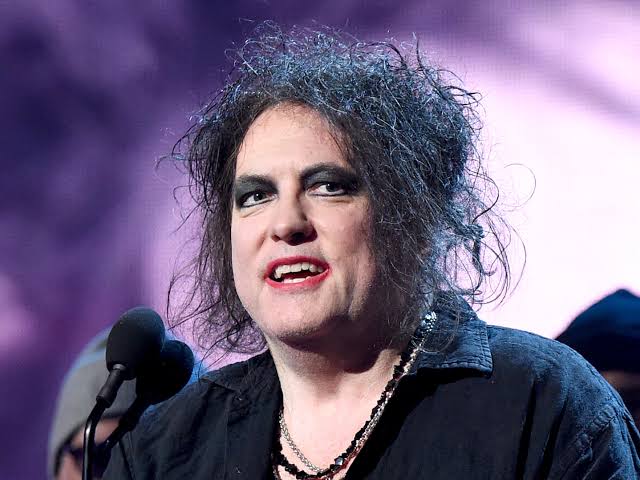REST IN PEACE: The 80s New Wave Band Announces the Death of Robert Smith….
The music world mourns the loss of Robert Smith, a pivotal figure in the 1980s new wave movement and the iconic frontman of The Cure. The band announced his passing a few minutes ago, confirming the devastating news that the legendary musician had succumbed to the relentless grip of illness at the age of 65.
Smith’s impact on music extends far beyond the catchy melodies and darkly poetic lyrics of The Cure. He sculpted a unique sonic landscape, blending gothic rock with elements of post-punk, art rock, and even hints of experimental electronica, resulting in a sound that resonated deeply with a generation seeking something different, something darker, something uniquely his own.
The Cure’s career, spanning over four decades, was not merely a musical journey; it was a theatrical spectacle. From their early, raw performances in dingy clubs to their stadium-filling tours, Smith’s stage presence was as unforgettable as his music. His intense stare, dramatic gestures, and often somber demeanor mirrored the emotional depth often explored in their songs. He became a symbol of an era, the embodiment of melancholic beauty and the enduring power of artistic expression.
The band’s early albums, such as “Faith,” “Pornography,” and “Disintegration,” laid the groundwork for their enduring legacy. These albums, often tinged with a sense of introspection and disillusionment, captured the anxieties and aspirations of a generation coming of age in the turbulent 1980s. Smith’s ability to weave personal experiences into songs that resonated with listeners far beyond his immediate circle cemented The Cure’s place in musical history.
Beyond the music, Smith’s contribution to the art world was undeniable. His visual aesthetic, a key element of The Cure’s stage presence, featured dark clothing, dramatic lighting, and theatrical makeup. This style became instantly recognizable, not just a visual representation of the band’s dark themes but a statement about the power of performance. This visual presentation amplified the emotional impact of their music, creating a complete and immersive experience for their fans.
His lyrics, often cryptic and introspective, explored themes of love, loss, alienation, and societal anxieties. Lines from songs like “Lovesong,” “Friday I’m In Love,” and “A Night Like This” resonated deeply with millions, offering a poignant reflection on universal human experiences. His ability to connect with the emotional landscapes of his listeners transcended generations, ensuring The Cure’s continued relevance.
The Cure’s influence extends beyond the realm of music. They paved the way for other artists exploring similar sonic and thematic territories. Many bands owe a debt of gratitude to The Cure’s experimental approach and unflinching exploration of dark and introspective themes. Their impact can be heard in the work of artists like Joy Division, Bauhaus, and even later bands delving into gothic rock and alternative genres.
Robert Smith’s legacy is not just about the music itself, but about the enduring power of art to connect, to explore the human condition, and to offer solace in moments of darkness. His unwavering dedication to his craft, his compelling stage presence, and his profound lyrical explorations have left an indelible mark on the music world and the hearts of millions of fans. The void left by his passing is immeasurable, and his contribution to music and art will continue to inspire for generations to come. The world has lost a true visionary, a master storyteller, and an enduring icon of the new wave era. The Cure’s fans and the music world alike mourn his passing.

